Like most Washingtonians, I love a good rain—at least the first few of the season. But frankly, I think even the most enthusiastic pluviophiles among us (extra points if you don’t have to look it up!) are ready for a good stretch of sunny, dry weather. As you gear up for early spring in the garden, here are a few can’t-miss tasks to make time for this month.
First, before you tackle any job around the yard, ensure your tools are up for the task. Nothing is more frustrating than attempting to start a job without the proper supplies or tools that don’t work properly. If it’s been months (or years…or never) since you last sharpened your hand pruner, use a sharpening stone to put a fresh edge on the blade. A few minutes’ effort sharpening will make pruning both easier for your hands and better for the health of your plants by ensuring clean cuts less prone to damage or disease.
Secondly, start with spring cleanup and pruning. While it’s still possible to get some amount of winter weather for the next month or so, the chance of a major winter storm decreases with each passing week, so take some time before plants start leafing out both to prune off winter-damaged branches and shape your shrubs and trees to control their size or improve their appearance.
While much of the pruning you may do around your yard is cosmetic, some plants really need a good pruning to be their most productive and healthy. Roses thrive with a hard pruning in late winter, so don’t be afraid to prune shrub, floribunda, and hybrid tea varieties down to as little as six to eight inches—although if that sounds too scary, even a pruning as low as 12-18 inches will help increase their flowering in the coming year!
Fruit trees and bushes also benefit from pruning in late winter. Blueberries, one of the most commonly grown fruiting shrubs, will be more productive if you take time to thin out a couple of the oldest branches (noted by dull or peeling bark) each year on older established shrubs. After pruning your blueberries, fertilize them with an acid-based fertilizer blended for rhododendrons and azaleas to increase your fruit production this summer.
Third, after you’ve finished pruning your fruits and roses and before they leaf out, they should be sprayed with a dormant spray to get a head start on insect and disease control for the coming year. Particularly if you had problems last year, dormant spray can clean up any residual insect eggs or disease spores left on the branches of your plants. Bonide All Seasons Oil is a great option for smothering insects and eggs, and copper or sulfur are both good fungicide options for disease control. For any plants that have had insect or disease problems in the past, remember to also clean up any fallen leaves or debris under your plants, which can harbor pests.
Finally, now is the time to get started with early spring lawn care. Just in the last six weeks, it seems like moss has exploded in lawns once again. Kill moss quickly by spreading ferrous sulfate, then follow up with fast-acting lime and later this month, a dose of Scotts Turf Builder with Moss Control. With a week between applications, this simple three-step regimen eliminates moss, improves soil conditions and feeds your grass to help it thicken up again after a winter’s rest.
Spring is nearly upon us, and with primroses, candytuft and blooming hellebores beginning to arrive in garden centers, it’s time to start exercising our green thumbs once again. Now, if someone could just shut off the faucet!


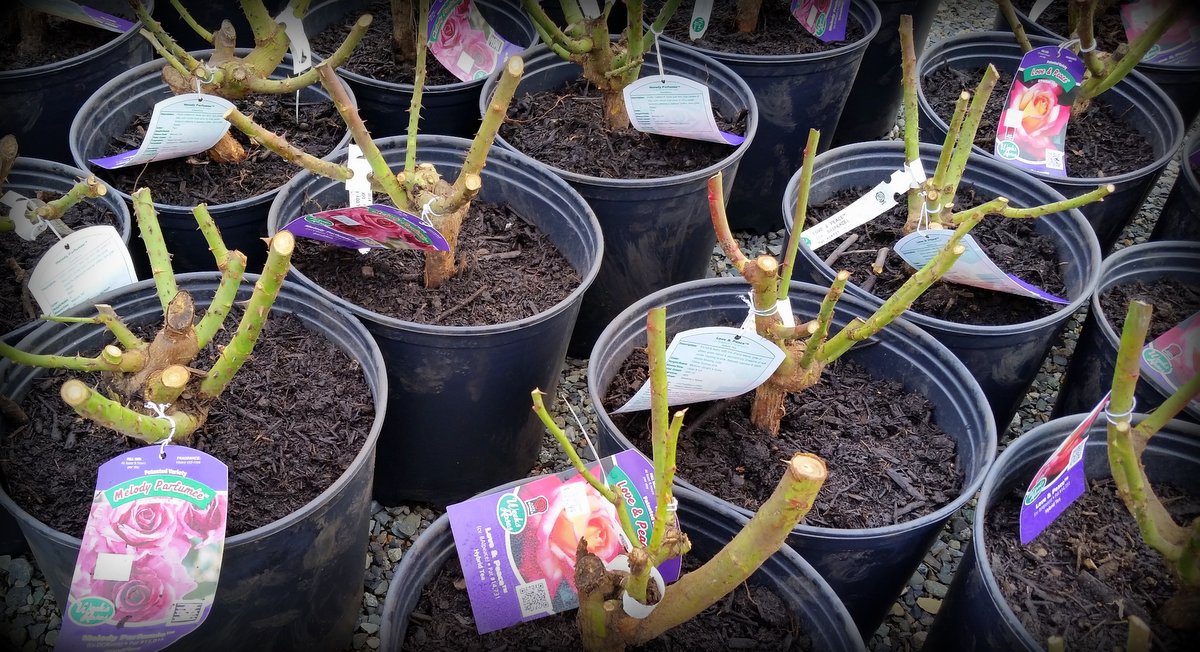

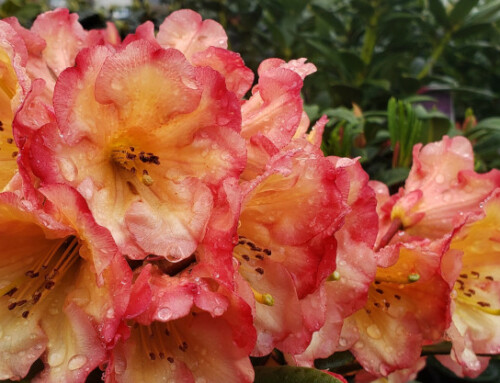
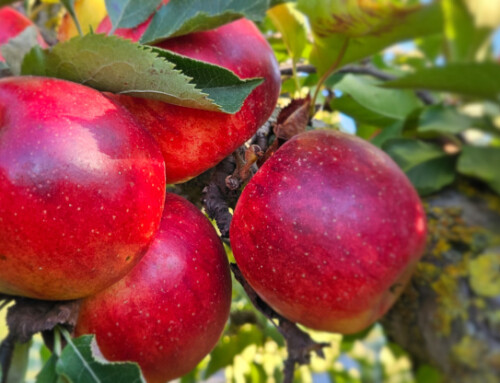
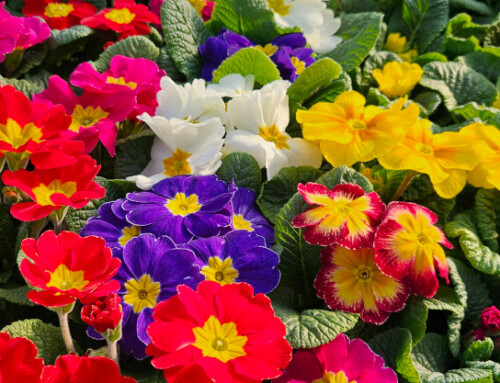
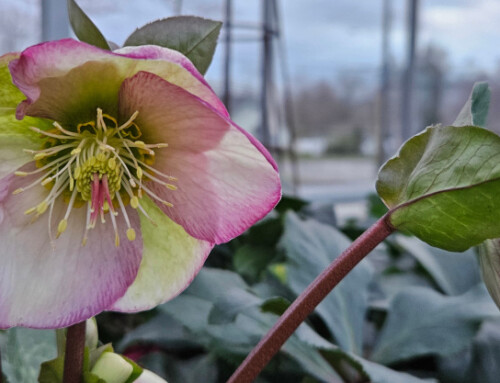
I’ve lost my beautiful Linda McCartney Rose to a vole infestation this winter. Roots were all eaten and all stems were stripped..Is there any chance you folks could find one for me , or suggest where I could find one? Elizabeth
Hi Elizabeth, I’m sorry you’re dealing with voles–they can be so destructive! Unfortunately we don’t carry Linda McCartney. I would recommend checking with Christianson’s Nursery in Mt. Vernon as they carry a very large rose selection and may have that variety in stock. Thank you!